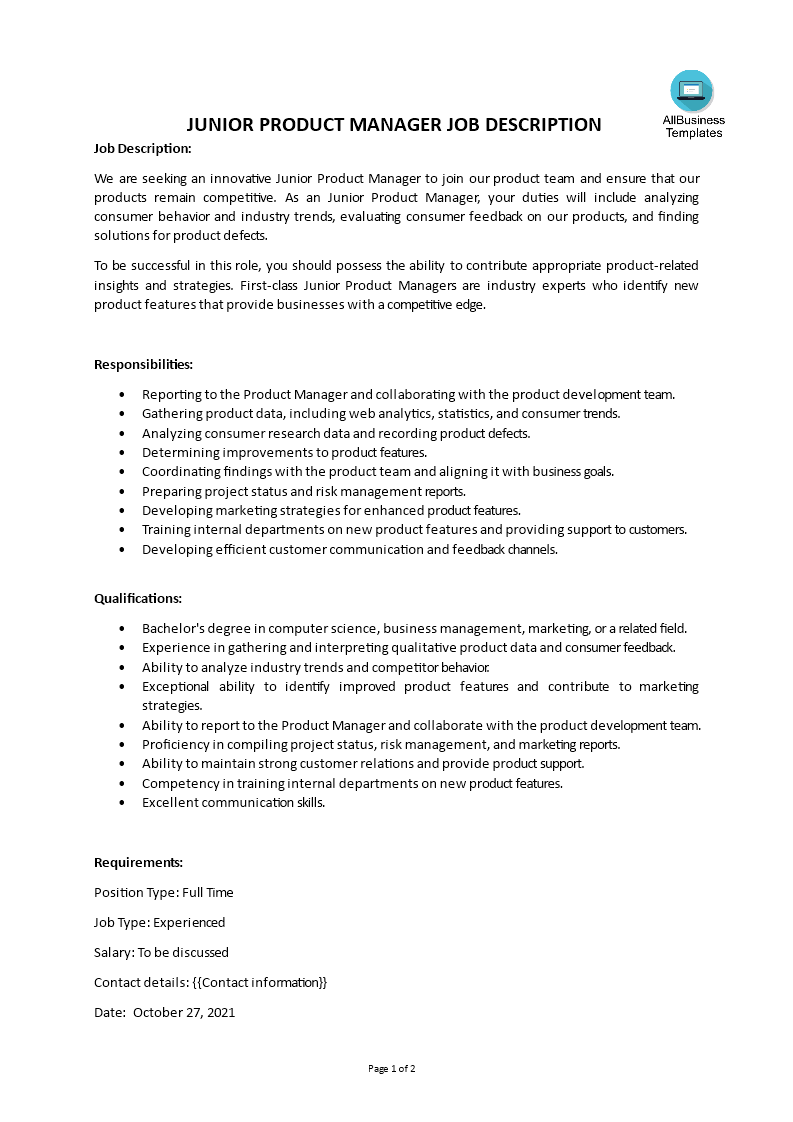

Product Management continuously explores the Solution Context, gathering qualitative and quantitative insights about market dynamics and user preferences.

Product Management areas of responsibilityĮach area of responsibility is described below, followed by additional guidance for ensuring that the Product Management function delivers maximum value to customers and the enterprise. Product Management’s responsibilities in SAFe fall into five main areas, as shown in Figure 2. Product Management synchronizes frequently with the Product Owners of those teams, providing them with accurate business context and receiving feedback on the feasibility of implementation.

Key CollaborationsĬonverting ideas into a steady stream of valuable products and services is a complex endeavor that requires ongoing coordination and communication across the organization. This article describes Product Management’s multi-faceted role in SAFe and how it enables the continuous, sustained delivery of value. Regardless of whether a solution is consumed internally or sold externally, Product Management is essential to its success. Product Management guides each solution through these stages, ensuring that maximum business value is achieved over the life of the solution. Successful solutions progress through the four distinct stages of the product life cycle: introduction, growth, maturity, and decline. For others, a team of Product Managers may be required.

For some solutions, the Product Management function may be carried out by a single Product Manager. The role scales with the complexity of the Solution. Product Management is responsible for defining desirable, viable, feasible, and sustainable solutions that meet customer needs and for supporting development across the entire product life cycle.


 0 kommentar(er)
0 kommentar(er)
